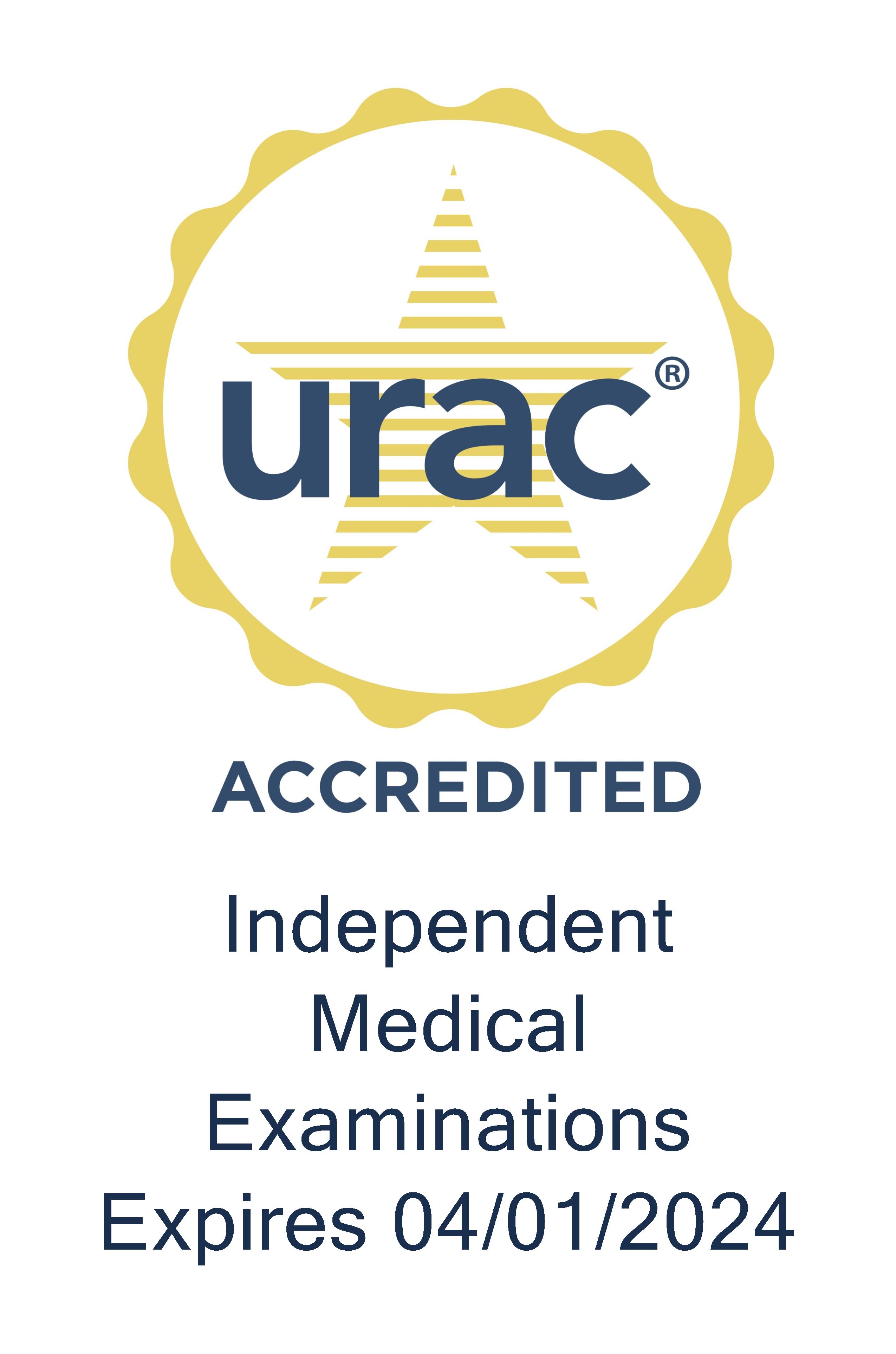Recently, the Biden administration issued guidance on how long-term effects of COVID-19 could qualify as a disability under federal law. So, we asked Genex’s Kevin Ufier to join us to explain what this new ruling means to disability and workers’ comp claims management.
Tom Kerr (TK): So, let’s start with this, Kevin, who would be eligible for ADA protections under the new long COVID guidelines?
Kevin Ufier (KU): There is guidance on that in EEOC documentation about long‑haulers. First of all, there’s the acute phase where people have symptoms like fatigue, shortness of breath, even some diagnoses such as organ damage, kidneys, lungs, heart. There’s also joint pain, cough; you could even have depression and brain fog during the acute phase. That’s usually a shorter duration.
The concern is, some individuals who had had COVID‑19, that then, in the long run, they have lingering symptoms. It’s almost like Epstein‑Barr or chronic fatigue — issues we have seen for 20 to 30 years — with people having an acute phase of a disease and then there are lingering symptoms that impact functioning on a day‑to‑day basis, the ability to do essential duties of a job, how it might affect a person’s activities of daily living.
So, there’s a recognition that COVID is an issue in terms of people’s ability to handle work duties as well as activities of daily living.
TK: And how does this decision change how the ADA is administered?
KU: I would say it’s not changing how the ADAAA or original ADA is structured. It’s just a recognition that this diagnosis, COVID, and the long‑term effects of it for those individuals who have had it, can be a condition that needs to be considered under the ADA in terms of accommodation and, even how it impacts workers’ comp claims or short‑term and long‑term disability claims.
So, it’s just something that’s recognized as a new disease, essentially, that can create mental and physical impairments that can impact a person’s ability to function in day‑to‑day as well as work activities.
TK: What accommodations would likely be needed to meet ADA requirements for long COVID?
KU: What we are seeing is requests for possible changes in work duties. This includes, perhaps, the ability to have extended telework. Of course, many states and jurisdictions, especially during the height of COVID, have issued mandatory telework work from home where possible, where some jobs don’t permit that.
And there’s where you might need accommodations in terms of understanding social distance, changes in work hours or work shifts, wearing masks, face shields, limited exposure to the environment.
So, depending on the person’s specific requests and the employers’ requirement for the job, there’s probably a variety of accommodations that would need to be implemented to help the person be able to continue to work as well as keep them safe.
TK: Do you think this decision will have a big impact on the worker's comp/disability sector?
KU: I believe just because of the broad number of affected individuals in the population, I think there will probably be, in the next one to three years, an increase in short‑term and long‑term disability claims and probably Social Security disability as well. Obviously, short‑term because of the initial acute phase of COVID. I have spoken to employers who are administering the short‑term claims internally on how they are dealing with it and its impact. I’ve also talked with those who are administering long‑term disability which has involved long COVID claims.
For workers’ comp, I have seen where some local municipalities and states have implemented regulations. There’s increasing legislation designed to help create a better understanding of at-risk groups like first responders or health care workers who have a higher probability of being exposed to COVID and can be impacted.
I think that’s going to probably be litigated over time with some jurisdictions on the comp side because of the difficulty of having a direct connection, even though you’re in the furtherance of employers’ business, you might have been at work.
Maybe it was contracted from exposure at work, but the difficulty of actually proving that, I think, might be more problematic in comp. I’m sure there will probably be requests that say it was comp‑related. Somebody traveled on an airplane, maybe for sales. Were they exposed to it? I think those questions will come up.
Certainly, I think, short‑term disability has seen more claims. Some of our customers on the disability side had reported an influx of claims on the short‑term side. I think on the long‑term side, you’re going to see people who have the long‑hauler symptoms, which will have to be treated and, I think under any kind of disability evaluation, the language has to show that benefits are payable under the plan, under the legislation. The individual will have to show they have a functional impairment that meets the definitions. And I certainly think in the short‑term there’s going to be some increases in the number of claims.
That does not mean there’s a change in any ADA requirements, just the EEOC under the ADA acknowledges that this is a medical condition that needs to be evaluated. It’s recognized but it still needs to be recognized and evaluated under the terms of whatever the language or the law is.






